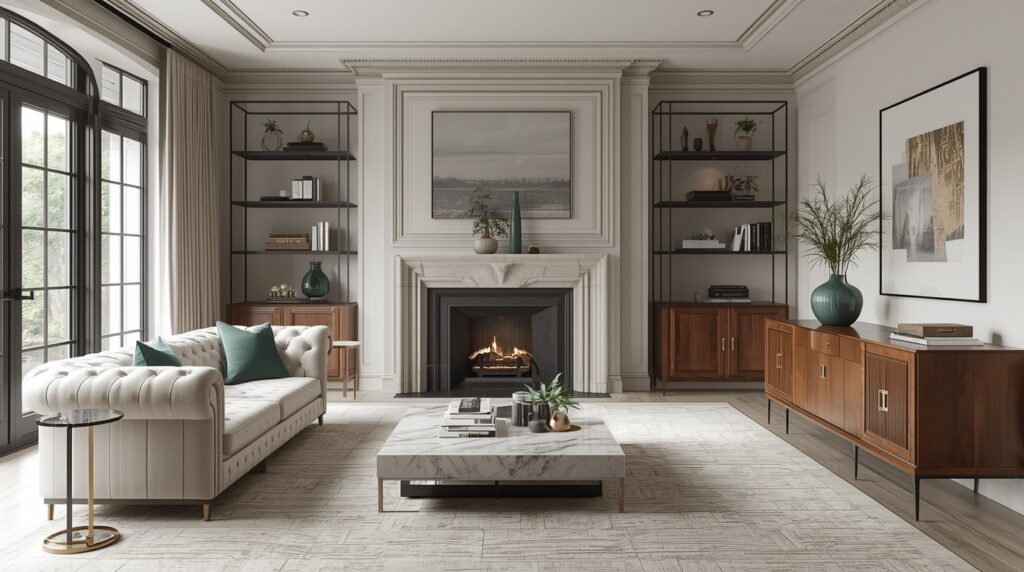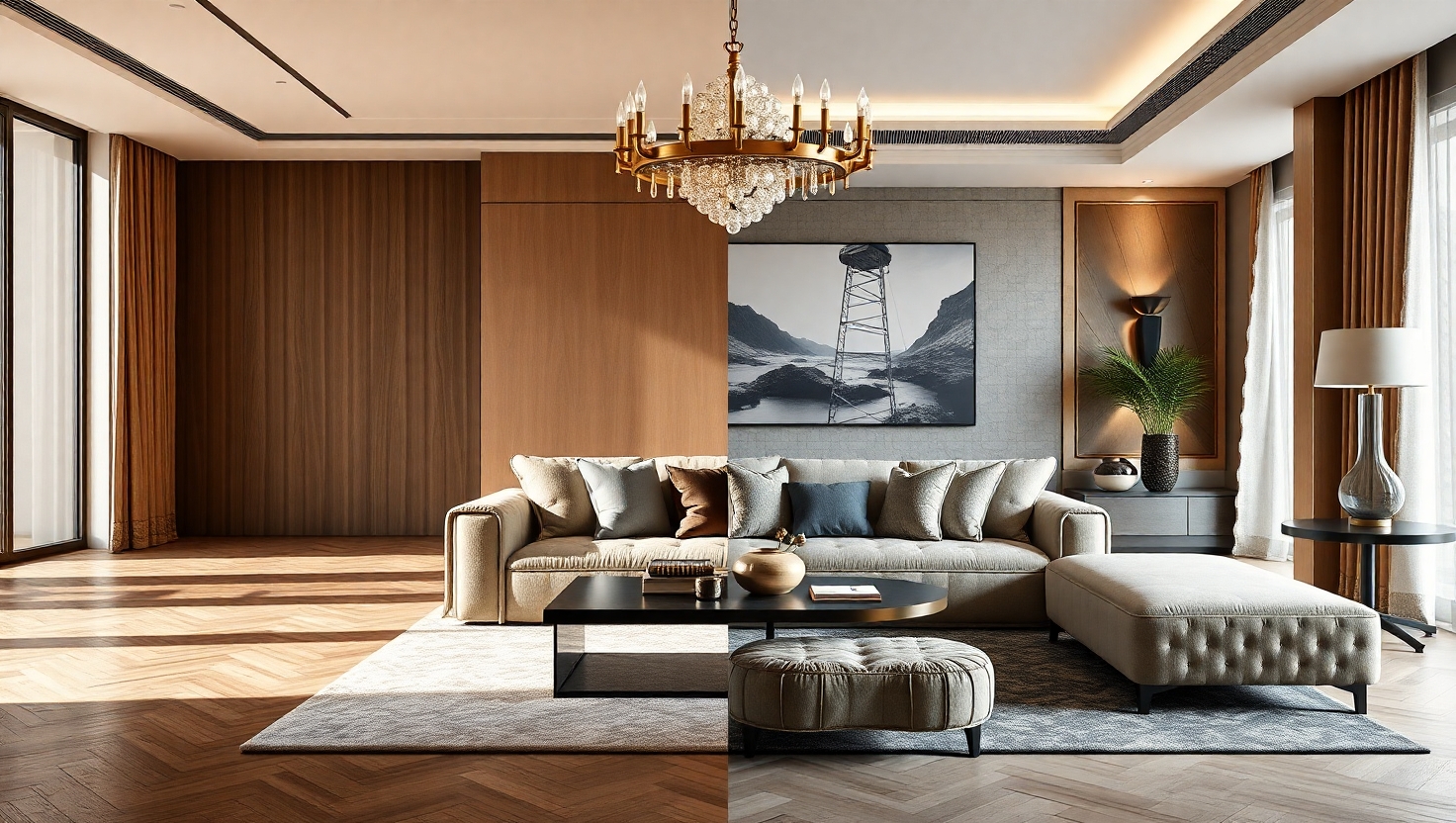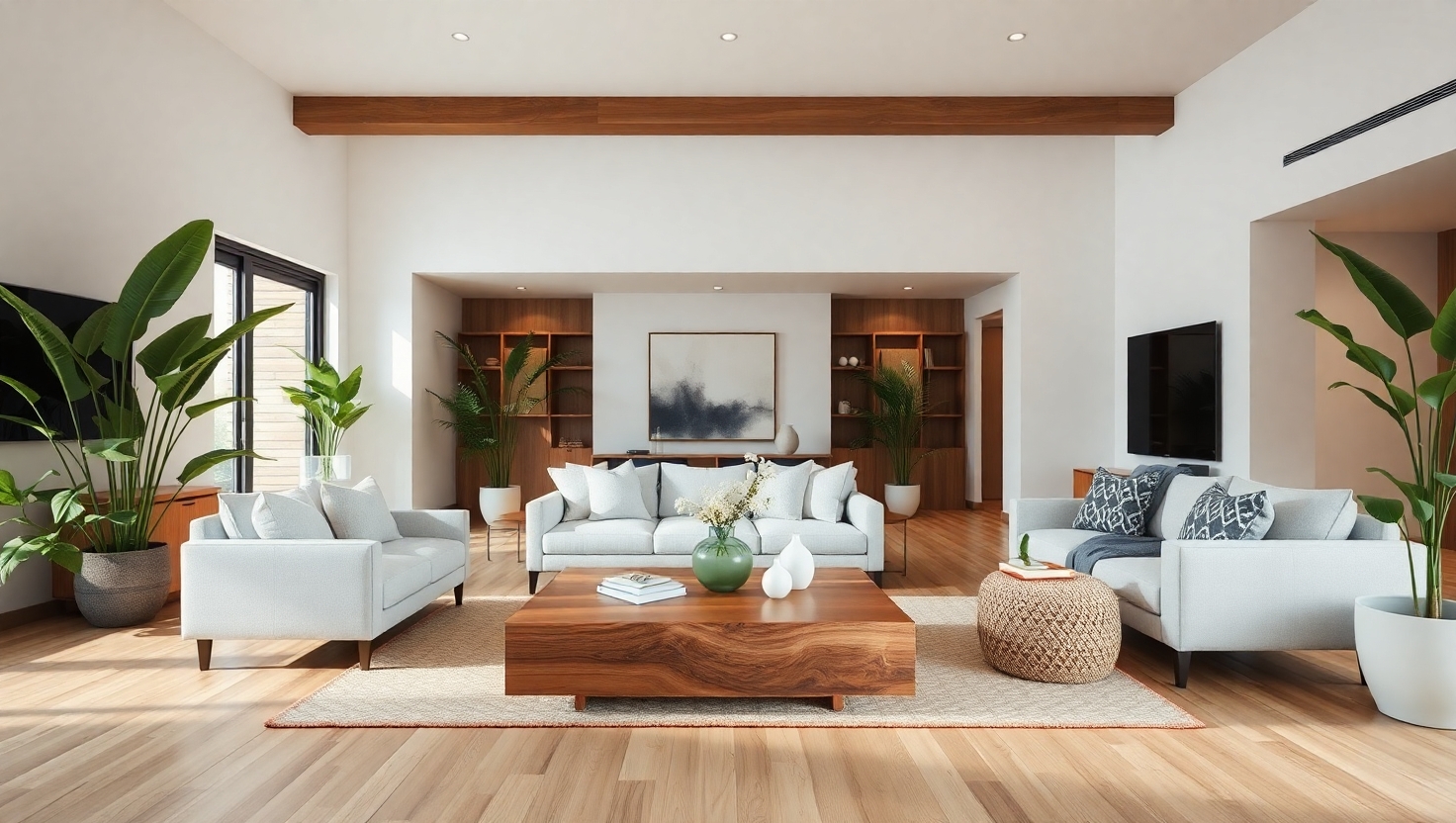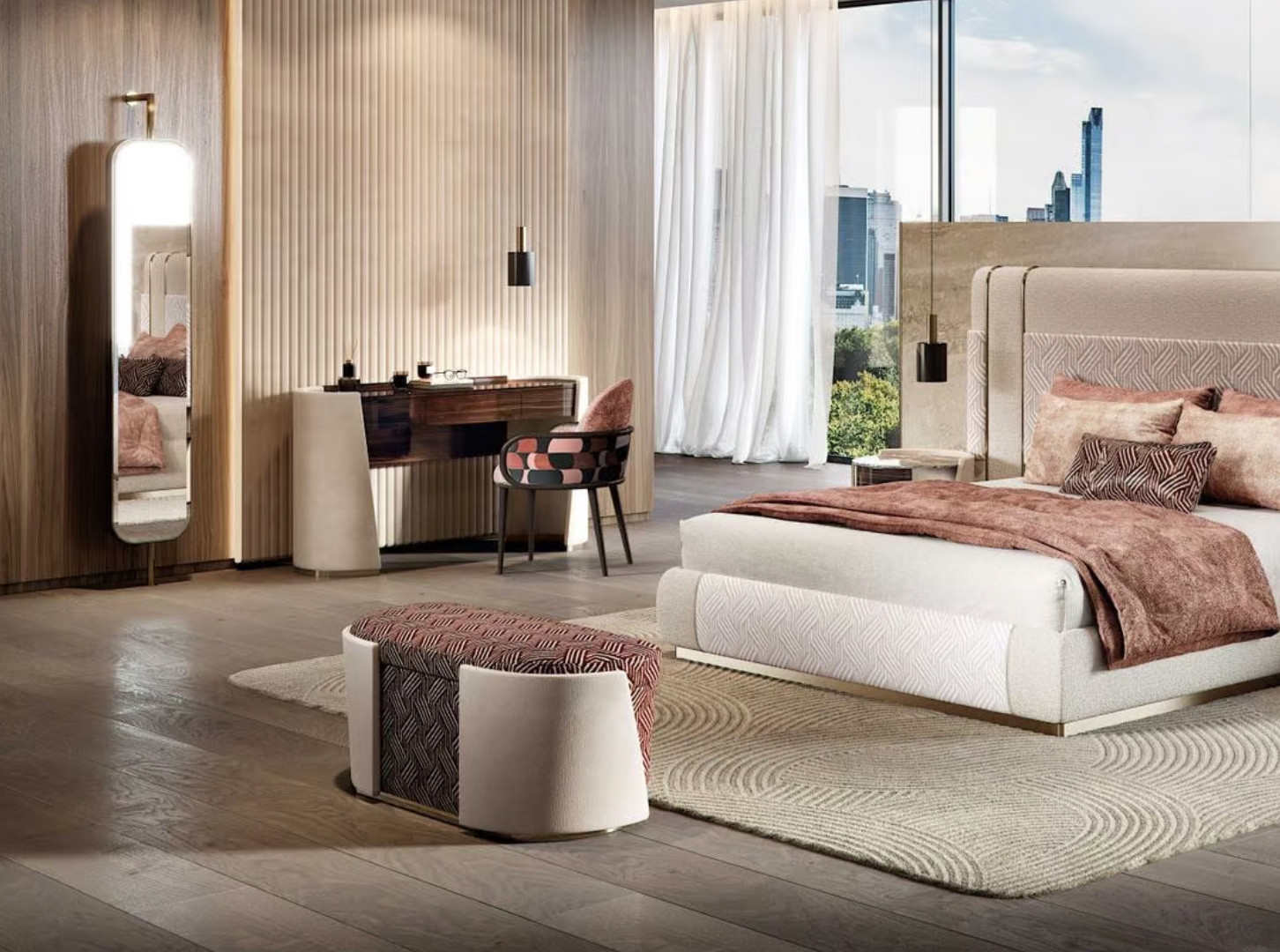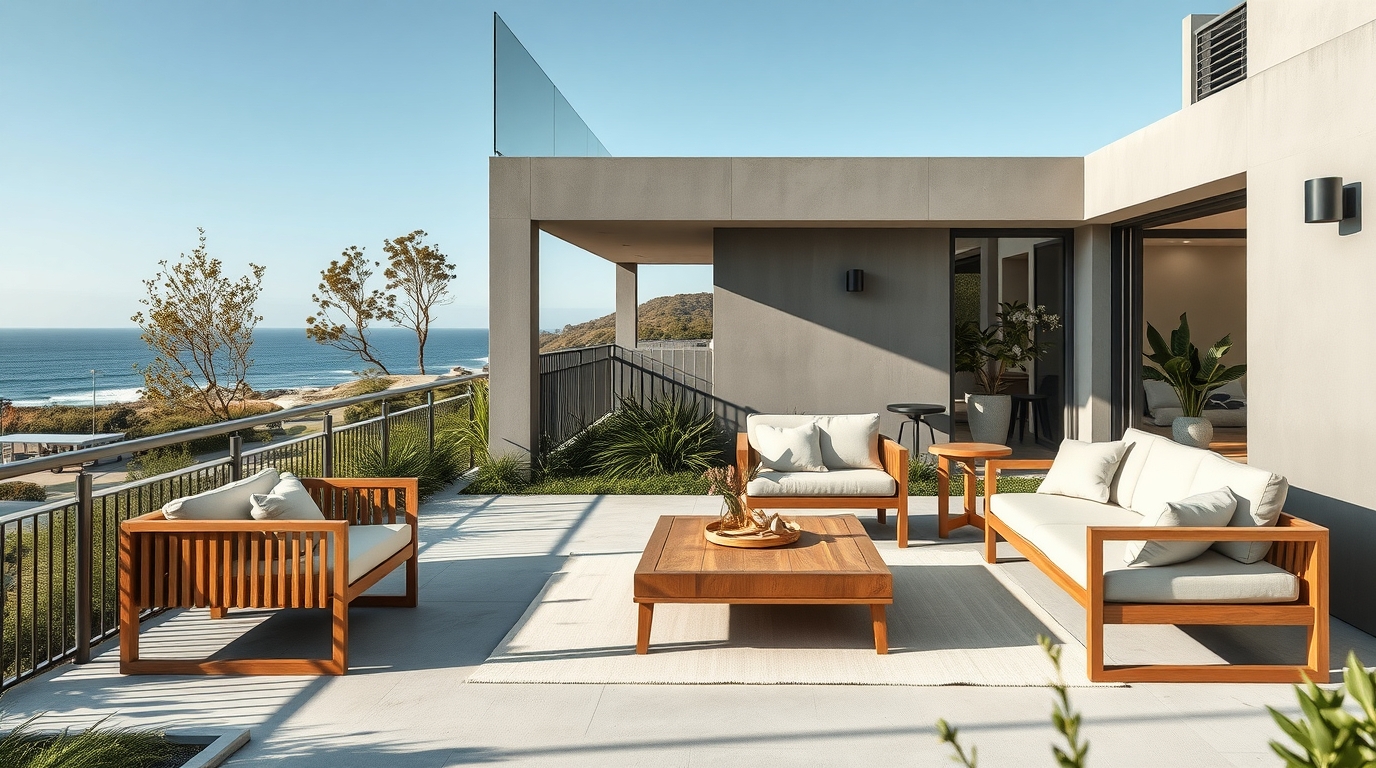Introduction
When it comes to designing a luxury home, one of the most satisfying and sophisticated approaches is to blend the timeless elegance of classic design with the fresh, dynamic appeal of contemporary style. This fusion creates spaces that feel both grounded in tradition and vibrantly modern — a balance that resonates particularly well in Australia, where heritage architecture often meets open-plan, light-filled living.
For many Australian homeowners, the challenge lies in bringing these styles together without creating visual tension. Done well, the result is harmony: rich, layered interiors that honour the craftsmanship of the past while embracing the clean lines and innovation of the present.
In this article, we’ll explore how this design marriage works in practice, what makes it so appealing to the luxury market, and how The Exclusive Home helps clients achieve it with customised furniture that bridges eras effortlessly.
1. Understanding the Two Aesthetics
Classic Luxury
Classic luxury style is rooted in proportion, balance, and enduring materials. Think carved timber details, marble surfaces, deep-button upholstery, and rich fabrics such as velvet or damask. The emphasis is on craftsmanship — pieces that feel as though they could be passed down through generations.
Contemporary Luxury
Contemporary luxury favours clean lines, minimal ornamentation, and innovative use of space. The focus is on function as much as form, often with open layouts, neutral palettes, and the use of glass, steel, and engineered surfaces. Comfort is essential, but visual clutter is avoided.
Why Blend Them?
The fusion of these styles gives you the best of both worlds: the gravitas of tradition and the freshness of modernity. It avoids the risk of feeling dated, while ensuring the space still has warmth, texture, and personality.
2. Core Principles for Blending Styles
Balance Is Key
Neither style should dominate; instead, aim for a 50/50 or 60/40 balance. For example, you might choose a classic Chesterfield sofa upholstered in a contemporary, light-toned linen, or a sleek modern dining table paired with ornately carved dining chairs.
Unifying Through Colour
A cohesive colour palette helps bridge the gap. Classic spaces often feature rich tones, while contemporary interiors lean toward muted or monochromatic schemes. The fusion might involve grounding neutrals accented with one or two bold, traditional colours like navy or emerald.
Material Harmony
Natural materials such as marble, wood, and leather work across both styles. Combining these with modern finishes like matte metal or polished concrete creates a visual link between eras.
3. Furniture as the Style Connector
Custom furniture is perhaps the most effective way to unite classic and contemporary influences. The Exclusive Home offers more than 400 fabrics, multiple timber finishes, and the ability to alter dimensions and detailing.
Examples include:
- Dining Tables: A contemporary, slim-profile tabletop in marble, supported by a classically inspired pedestal base.
- Bedroom Suites: Modern low-profile bedframes upholstered in luxurious, tufted fabrics reminiscent of traditional design.
- Outdoor Settings: Aluminium frames (contemporary) with slatted teak inlays (classic).
Because each piece is made to order, it can be designed to “speak” to both styles simultaneously, ensuring the overall room feels intentional rather than mismatched.
4. Practical Room-by-Room Applications
Living Rooms
Anchor the space with one classic element, such as an intricately detailed console table or a deep-button ottoman, then layer in contemporary sofas with crisp lines.
Dining Rooms
Combine a modern dining table with traditional upholstered chairs, or vice versa. Lighting fixtures can be a bridge — think a classic crystal chandelier in a sleek, minimalist shape.
Bedrooms
Mix a contemporary bed frame with classic side tables, or pair traditional four-poster beds with modern bedside lighting and streamlined bedding.
Outdoor Living
Classic materials like teak can be given a contemporary edge through slim, modular designs. Aluminium outdoor lounges with deep, plush cushions in heritage-inspired colours are a perfect example.
5. Avoiding Common Pitfalls
- Overcrowding the Space: Too many classic and contemporary elements in one room can feel chaotic.
- Ignoring Scale: Classic furniture is often larger in scale, so pairing it with modern pieces requires proportion adjustments.
- Forcing Trends: Just because a design is in fashion doesn’t mean it will blend well; select pieces with longevity in mind.
6. Why This Fusion Works So Well in Australia
Australia’s design culture is inherently eclectic. We’re comfortable borrowing from different traditions and making them our own. Our climate and lifestyle favour spaces that are open, comfortable, and connected to the outdoors — something that blending classic and contemporary can deliver beautifully.
Classic elements give the home depth and narrative; contemporary features keep it fresh, airy, and relevant to the way we live now.
Conclusion
Blending timeless and modern luxury styles is an art — one that allows homeowners to create interiors that are uniquely theirs while benefitting from the best aspects of both worlds. By carefully balancing proportions, unifying materials, and working with customised furniture from The Exclusive Home, you can achieve a space that feels both elegant and inviting.
If you’re ready to explore how this fusion can work in your home, visit www.theexclusivehome.com.au and discover the possibilities of luxury, made-to-order furniture designed for your lifestyle.

